Καυκοι
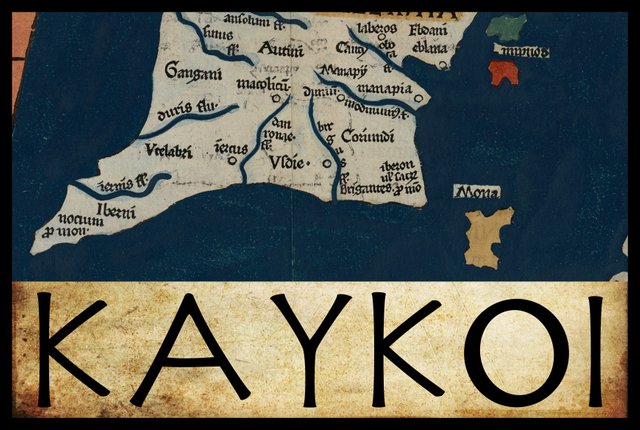
In his description of Ireland, Geography 2:2 §§ 1-10, Claudius Ptolemy records the disposition of sixteen Irish tribes. Beginning, as before, in the southeast corner of the island and proceeding in a counterclockwise direction, the fourth of these are the Kaukoi (Latin: Cauci). These people are listed among the tribes dwelling on the east coast, after the Eblanoi and north of the Manapioi.
In his 1883 edition of Ptolemy’s Geography, Karl Müller records only one variant reading of this ethnonym, but as it differs from the standard reading only in its choice of Greek accent, we can safely ignore it. The use of these accents was only regularized in Byzantine times (Gnanadesikan 220).
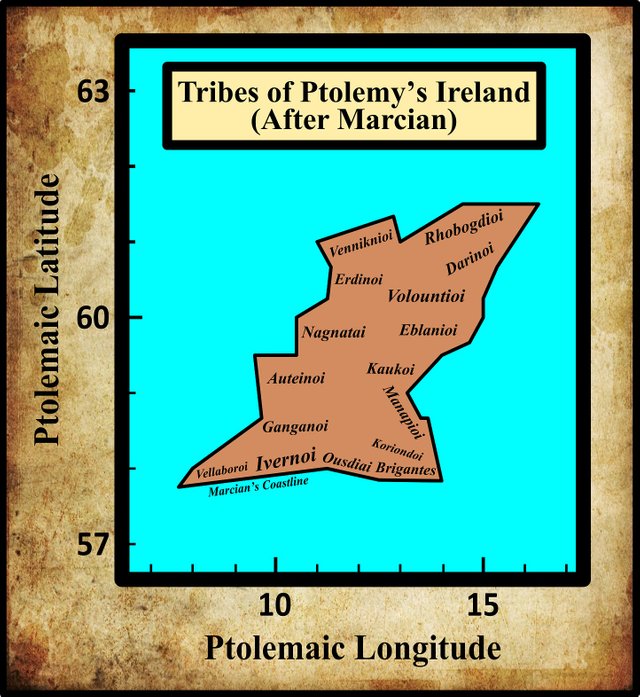
Kaukoi
Over the centuries, scholars have been quick to associate the Kaukoi with a similarly named tribe of Germans, the Chauci, who dwelt in Ptolemy’s time between the Ems and the Elbe. As early as 1586, the British antiquary William Camden had made this connection:
The Cauci, who were also a People upon the sea-coast of Germany, inhabited that part of the Country that is next the Menapii; but not at the same distance as those in Germany. They lived in that Maritim Tract, which is now possess’d by the O-Tools and Birns, Irish families that subsist by rapin and blood ... at last they were divided into six several baronies, which should make the County of Wicklo or Arklo. (Camden 1363)
The Irish antiquary James Ware concurred:
CAUCI, a People so called. They formerly inhabited the Countries called at present the Counties of Wicklow and Kildare, and seem to have had their Origin from the Cauci of Germany, of whom see Ortelius [Thesaurus Geographicus ]. (Ware & Harris 38)
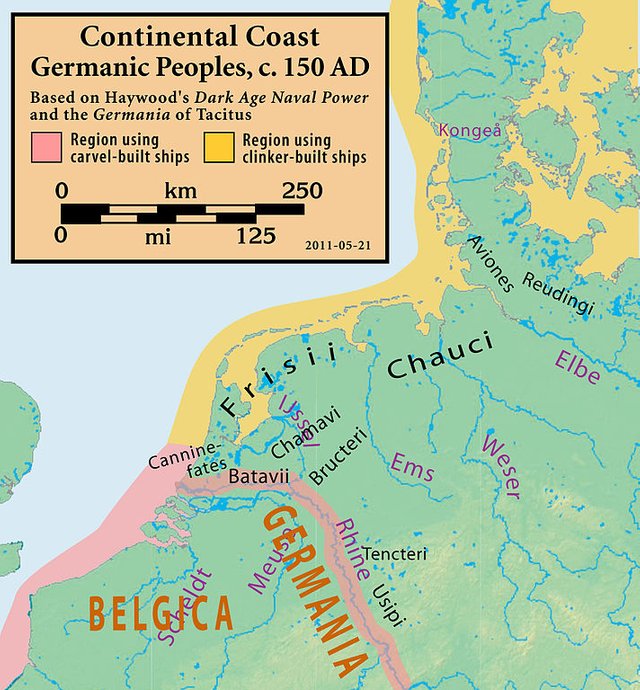
Karl Müller was less certain. He questioned the scholarly consensus, but cited Lorenz Diefenbach in support of the identification of Ireland’s Kaukoi and Germany’s Chauci (Müller 79-80, Diefenbach 414 ff).
Goddard Orpen, writing in the 1890s about one decade after Müller, also cast doubt on the scholarly consensus:
The Καυκοι, who are placed below the Eblani, of course remind us of the German Cauci, but it seems difficult to suppose that the latter tribe could have effected a settlement in Ireland. In St. Patrick’s time [5th century CE] the Ui Garchon were seated in the neighbourhood of Wicklow, and it is possible that some prototype of that tribe name has got corrupted into the more familiar Cauci, or Καυκοι. Λάβηρος [Labēros], somewhere in the vicinity of Glendalough, appears to have been their chief seat. (Orpen 126)
Nevertheless, the belief that Ireland’s Kaukoi were German colonists continued to hold sway into the 20th century. In 1920, Eoin MacNeill did not doubt it:

Who were the Cauci? Their name, in the Germanic form Chauci, was that of a people of the German seaboard bordering on the North Sea, who are described in Smith’s Ancient Geography as “skilful navigators and much addicted to piracy.” Tacitus praises them for their love of justice and says that, though ready for war, they do not provoke war. It must be remembered, however, that Tacitus was an extreme “pro-German.” Elsewhere, he tells of incursions made by them against neighbouring peoples. We find, then, two peoples, the Menapii and the Chauci, on the Belgic and German shores of the North Sea, and also on the Leinster shores of the Irish Sea; and this shows that in Ireland as well as in Britain there were Celto-Germanic settlements about the beginning of the Christian era. (MacNeill 58)
Kaukoi or Kaulenoi?
Perhaps the principal weakness of the Cauci = Chauci hypothesis is that it rests on the assumption that Ptolemy’s Geography describes Ireland as it was in his day, circa 150 CE, when the Chauci dwelt on Germany’s North Sea coast. But as we have seen in previous articles, T F O’Rahilly proved conclusively that Ptolemy’s Ireland is much older than this. The Geography describes Ireland as it was circa 325 BCE, long before the Chauci enter written history. They are first mentioned by name by the Roman historian Livy in the late 1st century BCE (Chauci). In Book 140 of his Ab Urbe Condita Libri, he describes their subjugation by Drusus in 12 BCE. This book has not survived but its contents are summarized in the Periochae. It is unlikely that the Chauci had already migrated to the North Sea coast by 325 BCE.
Speaking of O’Rahilly, he initially followed the trend and identified Ptolemy’s Kaukoi with the German tribe of similar name, but he later came to regret having done so:
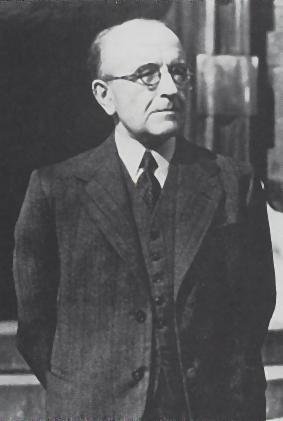
The CAUCI have by a number of writers, myself included, been rashly equated with the Chauci (or Cauci), a Germanic sea-faring people seated between the Ems and the Elbe. Pokorny, who strongly favours this identification, would take the ‘Ui Cuaich’ of Hogan’s Onomasticon to be a remnant of this Germanic tribe; [Footnote: ZCP xi, 171 ...] these were an obscure subdivision of the Uí Bairrche. M. Ó Briain (ZCP xv, 229) suggests a similar origin for the Cuachraige, a no less obscure sept, who in R, 130 b 8, are included among the descendants of Conganchnes mac Dedad, and whose location is unknown. The only conclusion that can legitimately be drawn from the occurrence of these somewhat shadowy names ... is that there probably existed an Irish mythical and personal name Cuach; [Footnote: Celt. *Kavākos? Possibly cognate with Gaul. Καύαρος [Kauaros], Ir. Cuar, W. _cawr (cf. ZCP xiii, 105).] to assume that such a name could have had anything to do with the Germanic Chauci is purely arbitrary. Of Ptolemy’s Cauci we can only say that, if a tribe of that name ever existed, Irish tradition knows nothing of them. (O’Rahilly 25)
O’Rahilly, however, proceeds to speculate that Kaukoi might be a corrupt spelling of the tribal name, and that with suitable emendation it might just be possible to find a trace of them in our native records:
On the other hand we have abundant references to Cualu, gen. Cualann, the name of a territory extending from the mouth of the Liffey to Arklow. That this was originally a tribal name in the plural is clear from Muirchú’s in regiones Coolenorum [in the territories of the Cooleni], L. Ardm. 2 b 2; so that the earlier form of the name was *Cualainn (< *Koulenī), gen. Cualann. Although the name was in very common use, it seldom occurs except in the genitive, the district in question being known as tír Cualann, crích Cualann, and fine Cualann. The tribal character of the name was forgotten in the course of time; and then Cualann was taken to be gen. sing. instead of gen. plur., and a new nom. sing. Cualu (Met. D. i, 38) and dat. sing. Cualainn (ib. ii, 54; Ériu iv, 163; R 120 b 39) were evolved ...
Inasmuch as the name Cualu ... appears to be applied with special frequency to the south of Co. Dublin and the neighbouring part of Co. Wicklow, it may be that this district was the original territory of the tribe. In any event I see in their name the most likely solution of Ptolemy’s Καυκοι; the original reading may have been *Καυλενοι [Kaulenoi], which in the course of time, possibly before it reached Ptolemy, was misread as Καυκοι under the influence of the much better known Germanic name. (O’Rahilly 25-27)
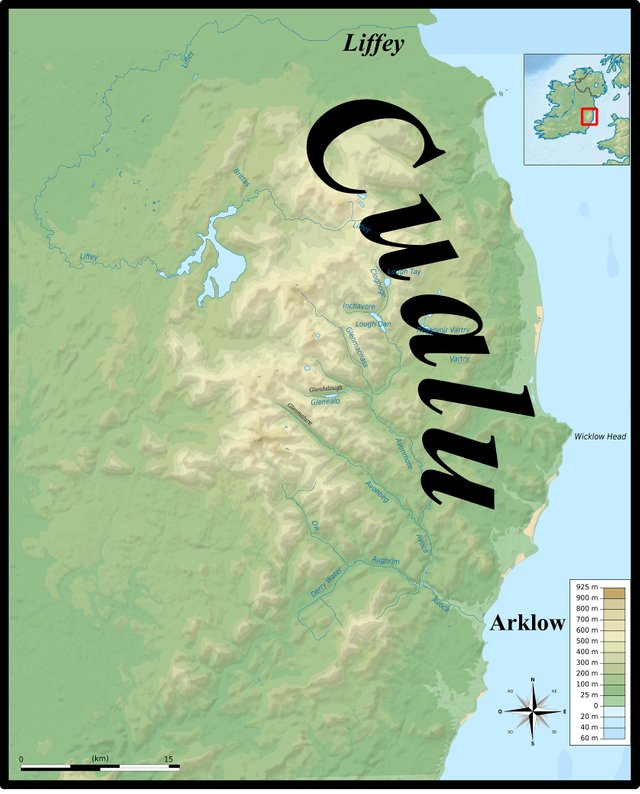
If an original Καυλενοι was corrupted to Καυκοι, I think a more likely explanation is that the corruption took place when scribes abbreviated Καυλενοι. Abbreviations abound in early medieval manuscripts and were often the source of textual corruption. Nevertheless, O’Rahilly’s hypothesis still sounds unlikely to me. It would be just as easy to accept that the Kaukoi were one of those early tribes who lost their independence and separate identity before the introduction of written records.
Iberian Immigrants
If the Kaukoi were not German immigrants, could they perhaps have originated in Iberia? In Book VI of his Roman History, Appian of Alexandria, a contemporary of Ptolemy’s, mentions a certain Καυκαινος [Kaukainos] among the leaders of the Lusitani, and a city called Καυκα [Kauka] (the modern Coca), whose inhabitants were known as the Καυκαιοι [Kaukaioi], in the territory of the Vaccaei, a prominent Celtic tribe of the Iberian Peninsula:
- Lucullus being greedy of fame and needing money, because he was in straitened circumstances, invaded the territory of the Vaccaei, another Celtiberian tribe, neighbours of the Arevaci, although he had no warrant from the Senate, nor had they ever attacked the Romans, or offended Lucullus himself. Crossing the river Tagus he came to the city of Cauca [Καύκαν] and pitched his camp near it. The citizens asked him what he had come for, and what occasion there was for war, and when he replied that he had come to aid the Carpetani, whom the Vaccaei had maltreated, they retired for the time inside their walls, but sallied out and fell upon his wood-cutters and foragers, killing many and pursuing the remainder to the camp. There was also a pitched battle, in which the Caucaei [Καυκαιοι], who resembled light-armed troops, had the advantage for a long time, until they had expended all their darts. Then they fled, not being accustomed to withstand an onset, and while jostling each other at the gates about 3000 of them were slain ... The Lusitanians on the other side of the Tagus, under the leadership of Caucaenus [Καυκαινου], being also incensed against the Romans, invaded the Cunei, who were Roman subjects, and captured a large city of theirs, Conistorgis, and near the Pillars of Hercules they crossed over the ocean, and some of them overran part of Africa, while others laid siege to the city of Ocile. (Appian 51 ... 57)
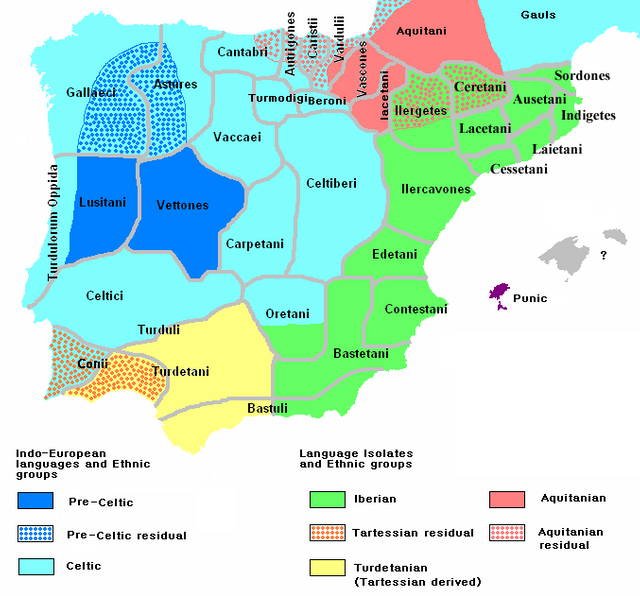
If anything, these parallels suggest that there is probably no need to emend Ptolemy’s Καυκοι or to look to Germany for the provenance of this ethnonym. Καυκοι is good Celtic as it stands, wherever the people came from.
Roman Era Names
The contributors to Roman Era Names are satisfied that the name Kaukoi, like the German Chauci, has an Indo-European origin, but beyond that they are unwilling to speculate.
Καυκοι (Caucoi 2,2,9) lived further south still, towards Dublin. An obvious parallel is the Chauci people, who lived along the Frisian coastline in the area from which Saxons were later said to come. Most likely the name came from PIE *kau- ‘to cut’, whose descendants range from English hew and haggis to Russian кузнец ‘blacksmith’, but nothing obvious in Celtic languages. Unless one is willing to guess that a Germanic people migrated all the way to Ireland, this name must be an outsiders’ general description of a lifestyle. Our best guess for the common feature of the Chauci and the Καυκοι is mounds: terpen in Frisia and Newgrange etc in Ireland. (Roman Era Names)
Territory of the Kaukoi
The Kaukoi have generally been placed in Counties Dublin, Wicklow and Kildare. The latter is an inland county, whereas Ptolemy explicitly lists the Kaukoi among the tribes on the east coast. However, we are not told how extensive their territory was, so there always remains the possibility that it extended inland for a considerable distance.
Whatever their origin and whatever the correct form of their name, the Kaukoi probably inhabited parts of counties Wicklow and Dublin, and possibly also parts of Wexford and Kildare. Although O’Rahilly’s hypothesis that Cualu was named for them is speculative and far from convincing, it is nevertheless true that the historical territory of Cualu corresponds roughly to the position of the Kaukoi on Ptolemy’s map. Therefore, I will tentatively place them here in County Wicklow and the southern part of County Dublin.
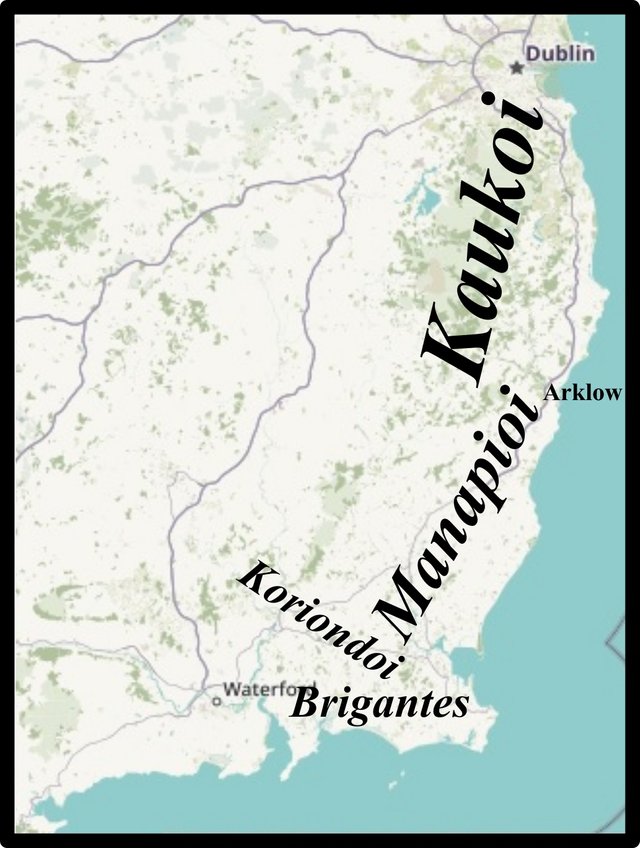
References
- Appian of Alexandria, Roman History, Book 6, Iberica, Translated & Edited by Horace White, Loeb Classical Library L002, Harvard University Press, Cambridge MA (1972)
- William Camden, Britannia: Or A Chorographical Description of Great Britain and Ireland, Together with the Adjacent Islands, Second Edition, Volume 2, Edmund Gibson, London (1722)
- Lorenz Diefenbach, Celtica: Sprachliche Documente zur Geschichte der Kelten, Part 2, Imle & Liesching, Stuttgart (1840)
- Amalia E Gnanadesikan, The Writing Revolution: Cuneiform to the Internet, Blackwell Publishing, John Wiley & Sons, Ltd, Chichester (2009)
- Eoin MacNeill, Phases of Irish History M H Gill & Son, Ltd, Dublin (1920)
- Karl Wilhelm Ludwig Müller (editor & translator), Klaudiou Ptolemaiou Geographike Hyphegesis (Claudii Ptolemæi Geographia), Volume 1, Alfredo Firmin Didot, Paris (1883)
- Karl Friedrich August Nobbe, Claudii Ptolemaei Geographia, Volume 1, Karl Tauchnitz, Leipzig (1845)
- Karl Friedrich August Nobbe, Claudii Ptolemaei Geographia, Volume 2, Karl Tauchnitz, Leipzig (1845)
- Thomas F O’Rahilly, Early Irish History and Mythology, Dublin Institute for Advanced Studies, Dublin (1946, 1984)
- Goddard H Orpen, Ptolemy’s Map of Ireland, The Journal of the Royal Society of Antiquaries of Ireland, Volume 4 (Fifth Series), Volume 24 (Consecutive Series), pp 115-128, Dublin (1894)
- Abraham Ortelius, Thesaurus Geographicus, Wilhelm Antonius, Hanau (1611)
- Julius Pokorny, Spuren von Germanen im Alten Irland vor der Wikingerzeit, in Kuno Meyer (editor)Zeitschrift für Celtische Philologie, Volume 11, pp 169-188, max Niemeyer, Halle (1917)
- Claudius Ptolemaeus, Geography, Biblioteca Apostolica Vaticana, Vat Gr 191, fol 127-172 (Ireland: 138v–139r)
- William Smith, Dictionary of Greek and Roman Geography, Volume 1, Little, Brown and Company, Boston (1854)
- Rudolf Thurneysen, Grammatisches und Etymologishes, in Julius Pokorny (editor), Zeitschrift für Celtische Philologie, Volume 13, pp 101-108, Max Niemeyer, Halle (1921)
- James Ware, Walter Harris (editor), The Whole Works of Sir James Ware, Volume 2, Walter Harris, Dublin (1745)
- Friedrich Wilhelm Wilberg, Claudii Ptolemaei Geographiae, Libri Octo: Graece et Latine ad Codicum Manu Scriptorum Fidem Edidit Frid. Guil. Wilberg, Essendiae Sumptibus et Typis G.D. Baedeker, Essen (1838)
Image Credits
- Ptolemy’s Map of Ireland: Wikimedia Commons, Nicholaus Germanus (cartographer), Public Domain
- Greek Letters: Wikimedia Commons, Future Perfect at Sunrise (artist), Public Domain
- Territory of the Chauci: © Notuncurious, Creative Commons License
- Eoin MacNeill: Public Domain
- T F O’Rahilly: Copyright Unknown, Fair Use
- Cualu: Adapted from File:Wicklow Mountains topographic map-fr.svg, © Bourrichon Creative Commons License
- Iberian Ethnography (200 BCE): © The Ogre, Creative Commons License
- Territory of the Kaukoi: © OpenStreetMap Contributors, Open Database License, CC BY-SA

Excellent history and very nice article
Thanks for share....
What a nice presentation of Ireland's history! I bet you've spent a lot of time documenting all what you're writing about. It's excellent work, very detailed.
I'm glad to read you blog as I know very little about Ireland's history and it's a good way to learn. Steemit is an excellent place to learn by the way. It's always interesting to compare old maps with the actual ones. Well done!
I love history as well and this is very detailed. I really enjoyed what you have written. You can see you have a passion for this by what you have put into this post.
Who needs a history class teacher when you have @harlotsurse? - Awesome work man
hi @harlotscurse
really an incredible knowledge of these people! and how many details !! But is history your job or is it your passion? congratulations
Thanks for the nice comment. History is one of my many passions.
Hi harlotscurse,
Visit curiesteem.com or join the Curie Discord community to learn more.
Wonderful, educational, useful. I am sure there are other words to describe the article. I am following you now!
i always pass my good times by reading your post. Loved it always. They give me lots of information about ireland,s history